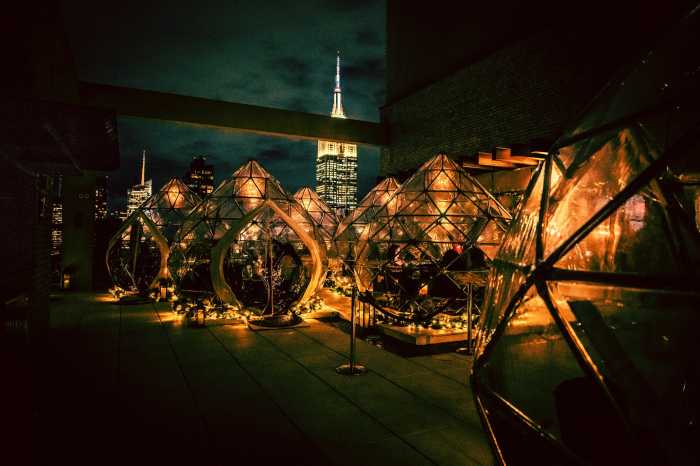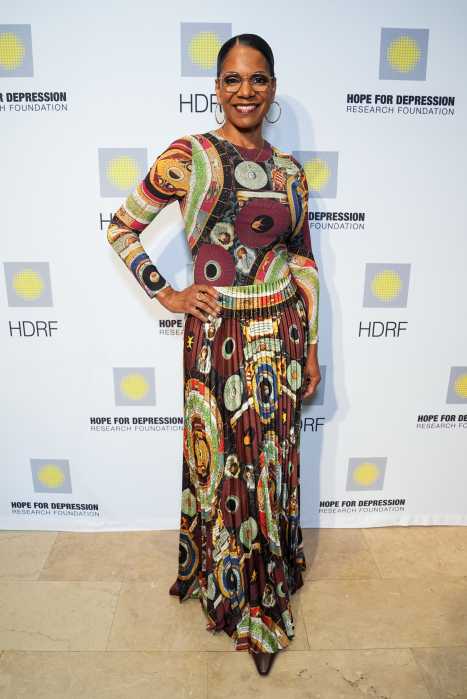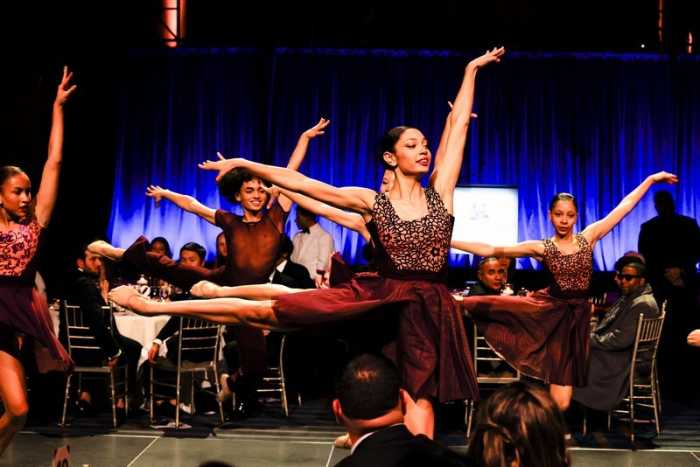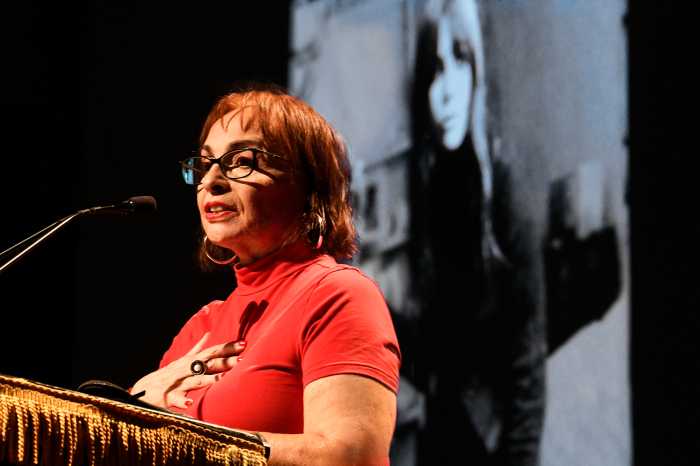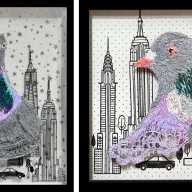Art has always been a medium through which the human experience is captured, challenged, and redefined. Among the pantheon of influential artists, few have left a mark as indelible as Frida Kahlo.
A fierce woman who defied societal norms and transcended the personal turmoil that defined much of her life, Kahlo’s work continues to resonate with audiences around the world. Her impact on art, particularly through her self-portraits and the exploration of self-actualization, is profound.
Today, contemporary artists, including the innovative KOZO, reinterpret her image and legacy, further cementing her significance in both historical and modern contexts.
The self-portrait as self-actualization
Kahlo’s art stands as a powerful example of self-portraiture as a vehicle for deep inner expression and realization. Born in 1907 in Mexico City, Kahlo’s life was punctuated by pain and adversity—events that would deeply influence her artistic vision. A devastating bus accident at the age of 18 left her with lifelong injuries, and it was during her recovery that she began to paint. Her physical suffering, compounded by emotional turmoil, became a central theme in her art, most notably in her self-portraits.
Kahlo’s self-portraits are not mere representations of her physical appearance; they are profound explorations of her identity, her suffering, and her resilience. Through her gaze, she confronts the viewer with her reality—a reality in which the personal is political, and the body becomes a canvas for both pain and empowerment.
Her use of vivid colors, symbolic imagery, and unflinching self-examination challenges traditional notions of femininity and beauty, presenting instead a raw and unapologetic portrayal of womanhood.
In many ways, Kahlo’s work can be seen as an exercise in self-actualization. The concept, as popularized by psychologist Abraham Maslow, refers to the realization of one’s potential and the fulfillment of one’s true self. Kahlo’s art was her means of achieving this. Each brushstroke was an affirmation of her identity, her struggle, and her existence. Her art was not just a reflection of her internal world but a declaration of her right to define herself on her own terms.
Modern interpretations
Kahlo’s influence extends far beyond her lifetime. In today’s art market, her image and legacy are more prominent than ever, serving as a source of inspiration for countless artists. The modern interpretations of Kahlo’s work often focus on her role as a feminist icon and a symbol of resilience in the face of adversity.
Artists today draw on Kahlo’s exploration of identity to create works that resonate with contemporary issues. The proliferation of her image in popular culture, from fashion to street art, speaks to her enduring relevance. However, it also raises important questions about the commercialization of her legacy. While Kahlo’s image has become ubiquitous, it is crucial to recognize the depth of her work and the personal, political, and cultural contexts that informed it.
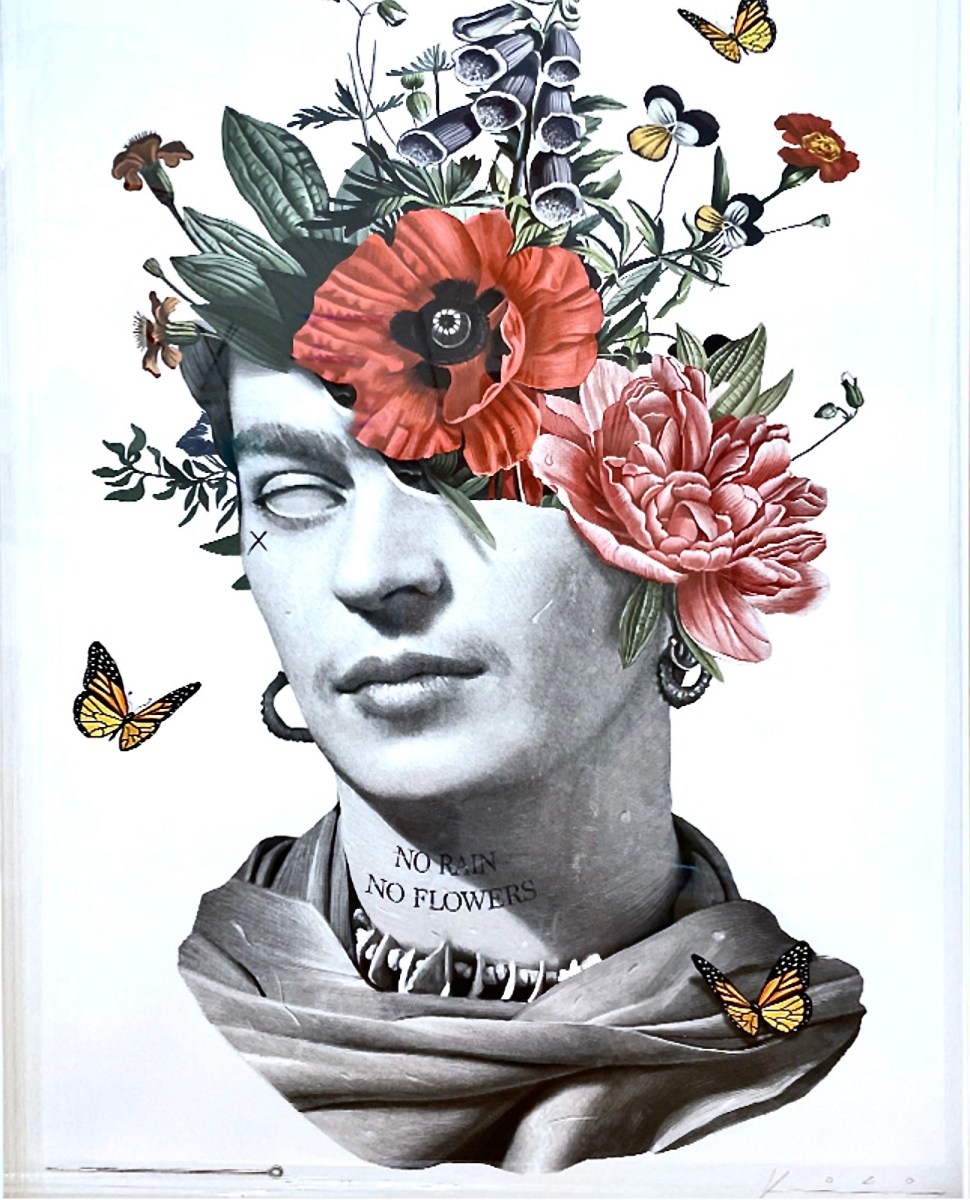
KOZO’s Vision of Frida
Among the contemporary artists who have been inspired by Frida Kahlo is KOZO, a powerhouse artist known for his inventive technique that blends traditional tattoo art with fine art.
KOZO’s work is marked by its boldness and innovation, much like Kahlo’s own approach to art. His reinterpretation of Kahlo’s image is both a tribute and a reinvention, capturing the essence of her spirit while introducing a modern twist.
KOZO’s technique of incorporating tattoo art into his work is particularly significant. Tattoos, much like Kahlo’s self-portraits, are a form of self-expression and self-actualization. They are permanent marks on the body, just as Kahlo’s work has left a permanent mark on the art world. His use of this medium to reimagine Kahlo’s image speaks to the timelessness of her influence and the ways in which her legacy continues to evolve.
In KOZO’s vision, Kahlo is not just a historical figure; she is a living, breathing presence that continues to inspire and challenge. His work highlights the ways in which Kahlo’s art transcends time and space, reverberating with new generations of artists and viewers. By this, technically brilliant, reinvention of her image, KOZO contributes to the ongoing dialogue about Kahlo’s impact, ensuring that her legacy remains dynamic and relevant.
Recognizing Kahlo’s impact
The continued fascination with Frida Kahlo in the art world underscores the importance of recognizing both her historical impact and the modern interpretations of her image. Kahlo’s work was groundbreaking in its exploration of identity, suffering, and empowerment, and these themes remain as relevant today as they were in her time.
Bold artists such as KOZO, who reinterprets historical imagery in new and challenging ways, play a crucial role in keeping the legacy of great artists alive. These works are not just tributes; they are powerful dialogues that push the limits of creativity and continue Kahlo’s fight against convention.
By viewing Kahlo’s work as acts of defiance and recognizing the significance of modern reinterpretations, we fully appreciate her contribution to art and culture. Furthermore, in celebrating Kahlo and the artists who carry her torch, we not only honor the enduring power of fierce women in art but also acknowledge their relentless pursuit of transformation, forever leaving an unmistakable mark on the world.
For more information on Frida Kahlo or works by KOZO, visit dtrmodern.com or DTR Modern Gallery locations in Soho, Boston, and Washington DC.
Read More: https://www.amny.com/new-york/manhattan/the-villager/



![Fierce women in art: The enduring legacy of Frida Kahlo and her modern interpretations 1 Frida Kahlo – Self-portrait with Braid [from Women Surrealists in Mexico]](https://www.amny.com/wp-content/uploads/2024/08/frida-kahlo-self-portrait-with-braid-from-women-surrealists-in-mexico-illustrati-xl.jpeg?quality=51&w=891)
